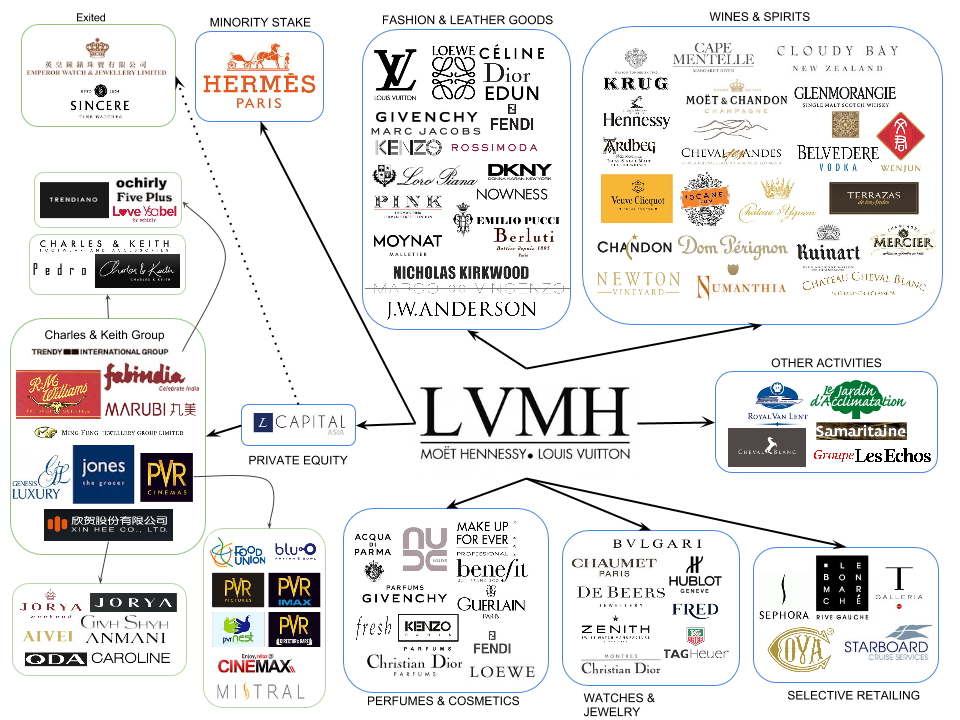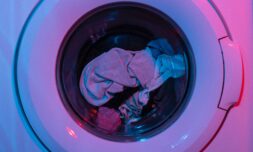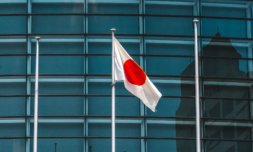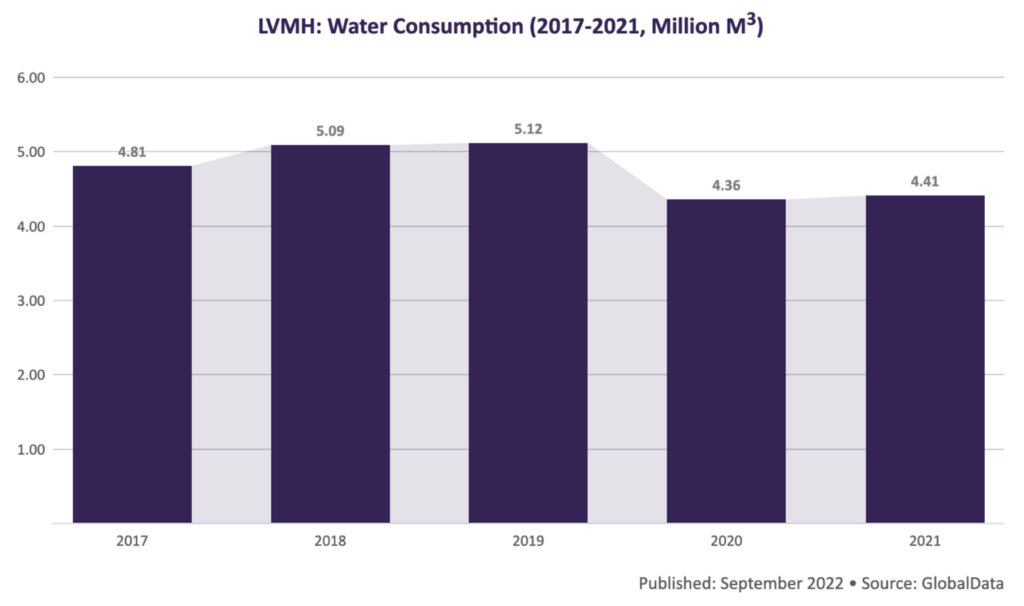As part of its Life 360 program, the French multinational holding company LVMH has set new and ambitious targets to reduce its global water usage by 30 percent before the end of the decade.
Despite the fact that over 70 percent of our planet is covered in water, only three percent of it is fresh water.
The situation seems disastrous enough from the start, but in a world experiencing rapid climate change and a growing population, water has now become one of humanity’s most precious resources.
To cope with this issue, the French government placed tight restrictions on water use earlier this year. Its action plan included prohibiting citizens from watering their lawns and refilling their swimming pools. It even prohibited farmers from irrigating their crops.
Given that the French capital is home to some of the world’s largest fashion houses, these new limits on water use are sure to shake things up. According to data collected by the UN and Ellen MacArthur Foundation, the global textile industry uses 93 billion cubic metres of water annually – the equivalent of 37 million Olympic-sized pools.
So it should come as no surprise that France-based LVMH (Louis Vuitton Moet Hennessey) has stepped up to the plate. The multinational company has announced a new strategy for ‘water conservation on a global scale,’ which is set to be applied across its entire value chain.
Its plan is to reduce its overall water use by 30 percent by 2030 and is an extension of its environmental programme called Life 360, which was launched in 2021.























